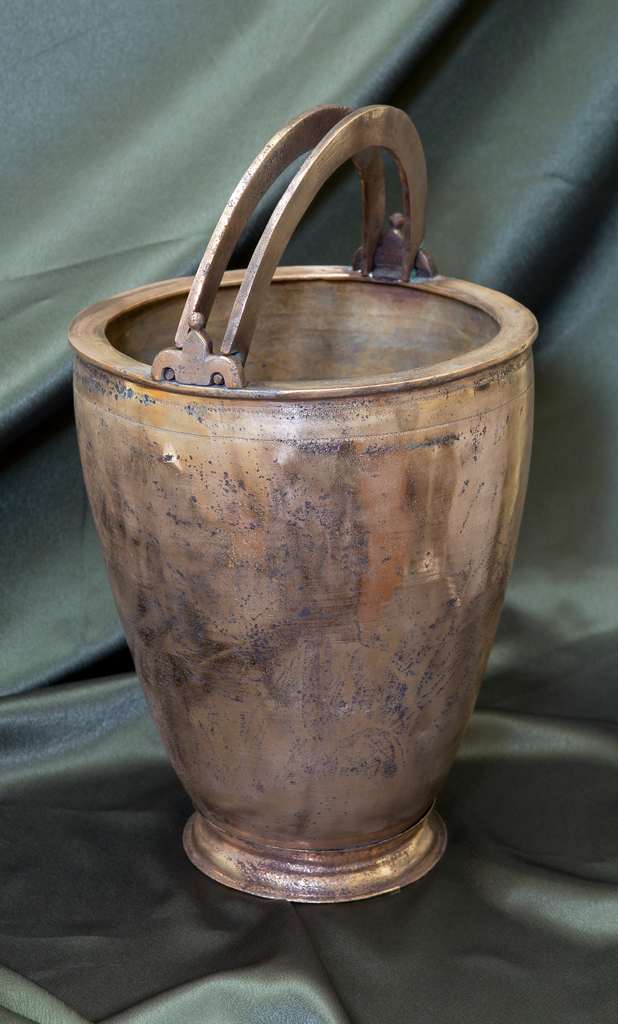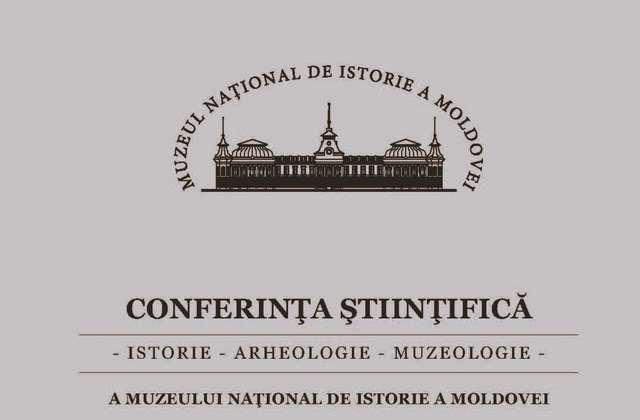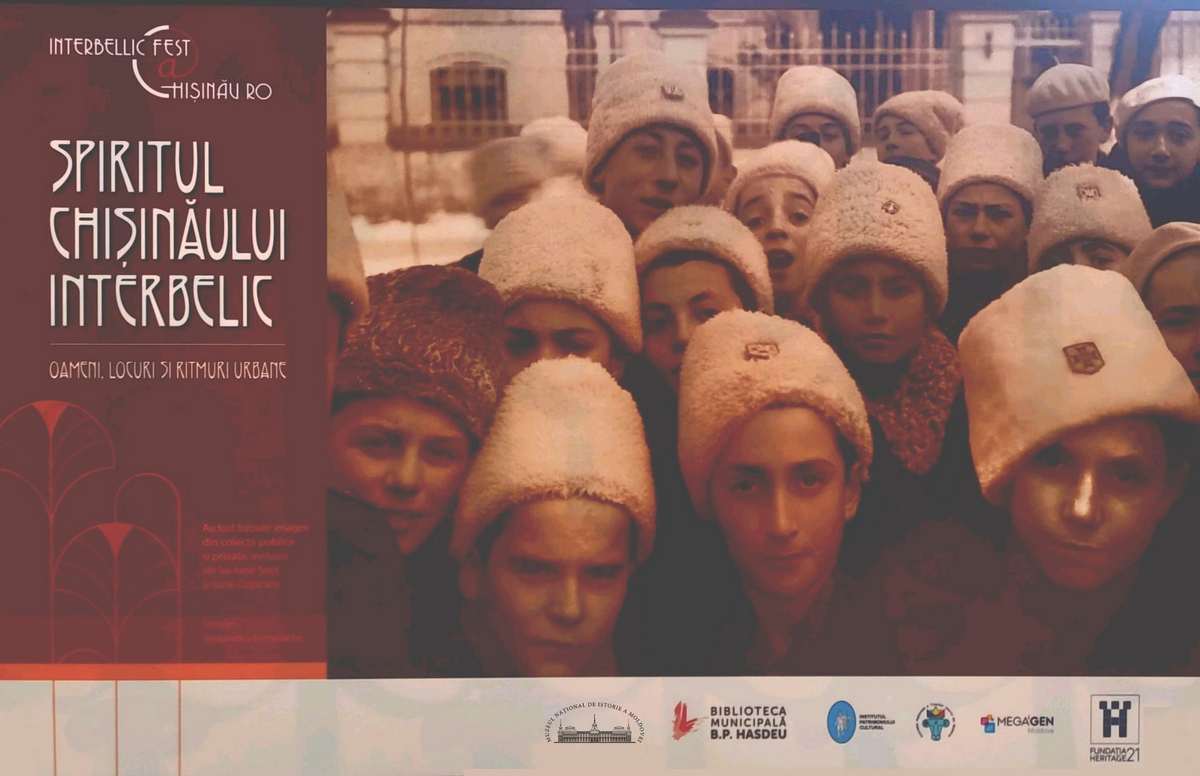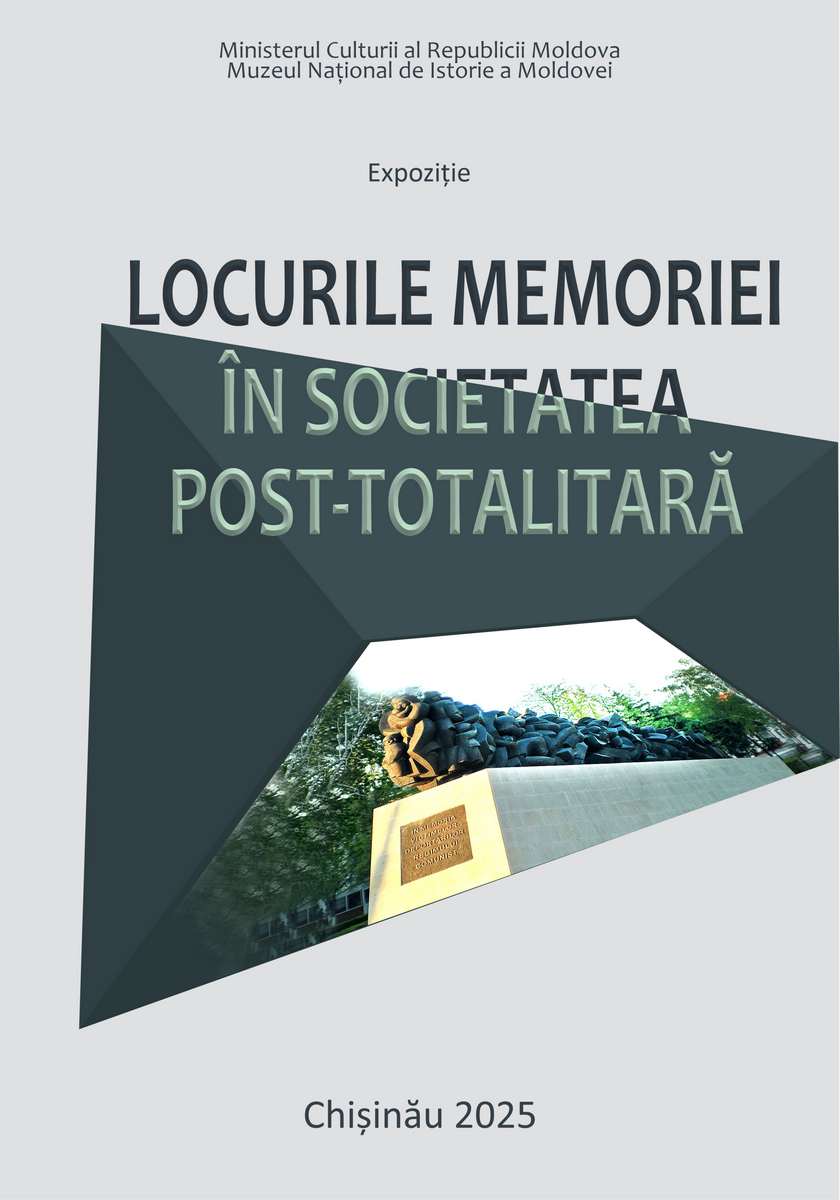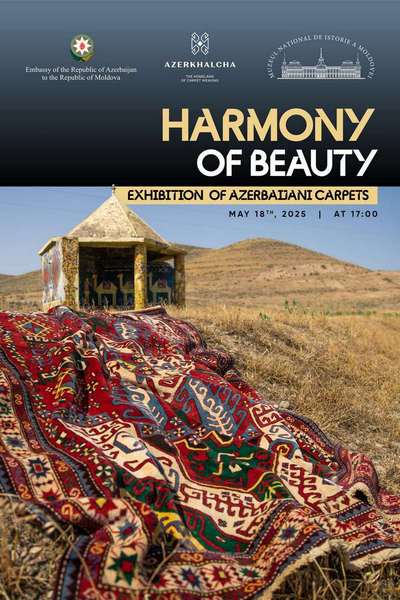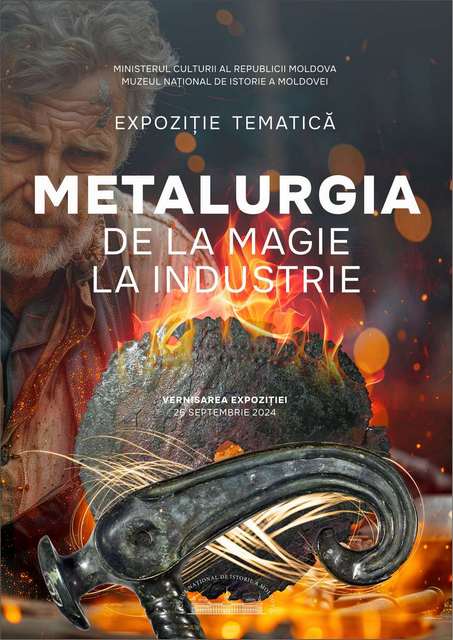  Events Archive Events Archive
The scientific-practical seminar "The system of administration of archaeological heritage in the museums of the Republic of Moldova"
June 14, 2023
On June 14, 2023, in the Blue Hall of the National Museum of History of Moldova, took place the scientific-practical seminar "Archaeological Heritage Management System in the Museums of the Republic of Moldova", organized in collaboration with the National Archaeological Agency and under the patronage of the Ministry of Culture of the Republic of Moldova. The event, which took place as part of the European Days of Archaeology, brought together museum institutions subordinated to local public authorities in the Republic of Moldova. Participants had the opportunity to interact and learn from established specialists in the field of archaeology, who brought up current issues regarding the protection and enhancement of archaeological heritage. The seminar was divided into two main sections. In the first section, the specialist communications were supported by the following experts: Dr. hab. Gheorghe Postică addressed the topic of archaeological heritage from the perspective of local museums in the Republic of Moldova, Dr. Vlad Vornic discussed the current issues of protecting archaeological heritage and national legislation, Dr. Sergiu Popovici reported on the current status of the register of archaeological sites in the Republic of Moldova, Dr. Ion Tentiuc supported a case study entitled "The local museum and archaeological research in the town of Chisinau", and Dr. Vasile Iucal, the director of the Museum of History and Ethnography in Ungheni, discussed the experiences and problems in capitalizing on the mobile archaeological heritage at the Museum of History and Ethnography from Ungheni.
The second section of the seminar was dedicated to free discussions between researchers and representatives of local museums regarding the archaeological heritage management system. The participants had the opportunity to discuss the identification, protection and promotion of archaeological heritage, the formation of an electronic database, the preservation and exhibition of archaeological heritage, the synthesis of archaeological heritage, the ways of collecting movable archaeological artifacts in local museums, as well as the role of museums in combating archaeological poaching and in the identification and protection of archaeological sites. The seminar represented a valuable opportunity for learning and exchange of experience between specialists in the field of archeology and local museums. The participants had the opportunity to consolidate their knowledge, explore innovative approaches and identify ways to improve the archaeological heritage management system in the museums of the Republic of Moldova.
|




